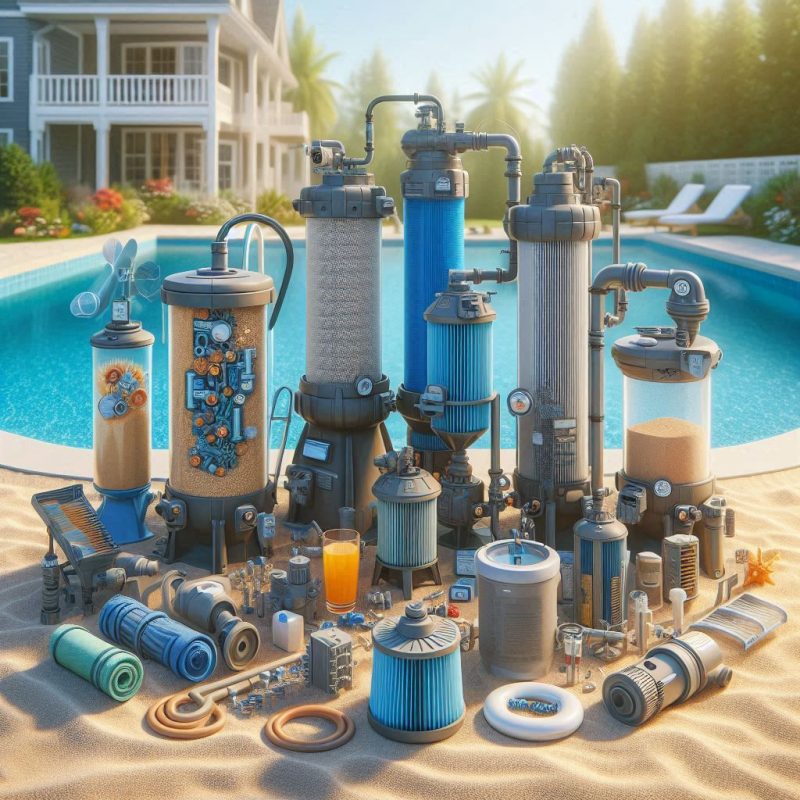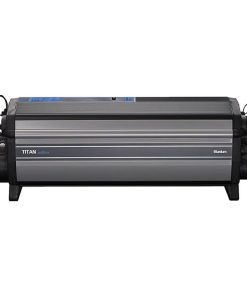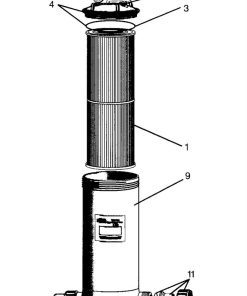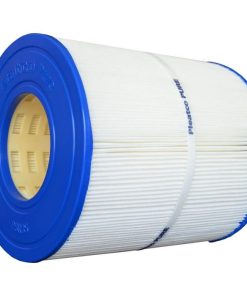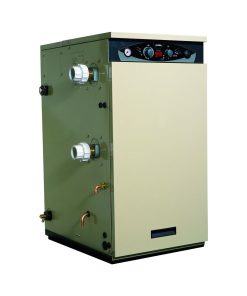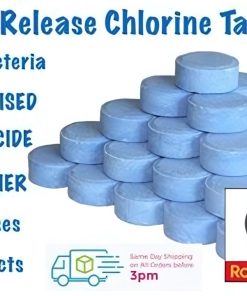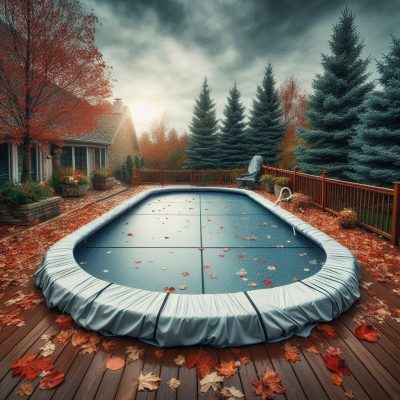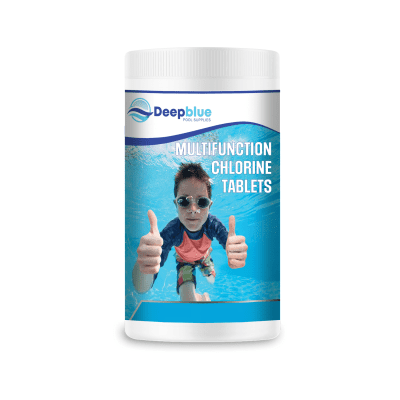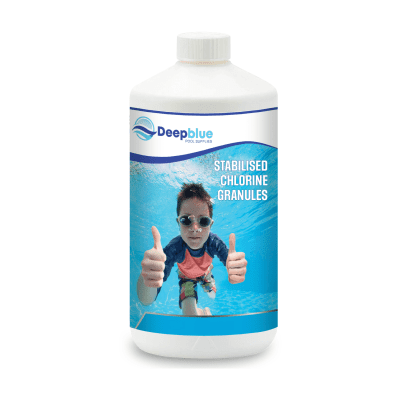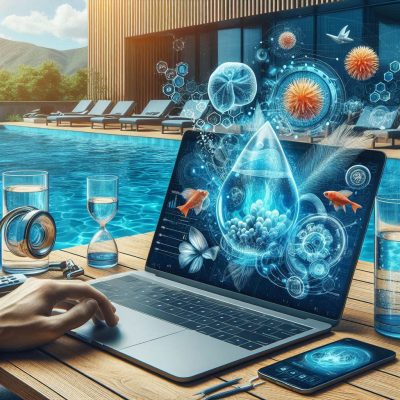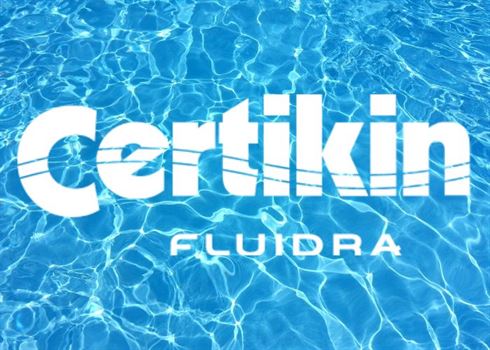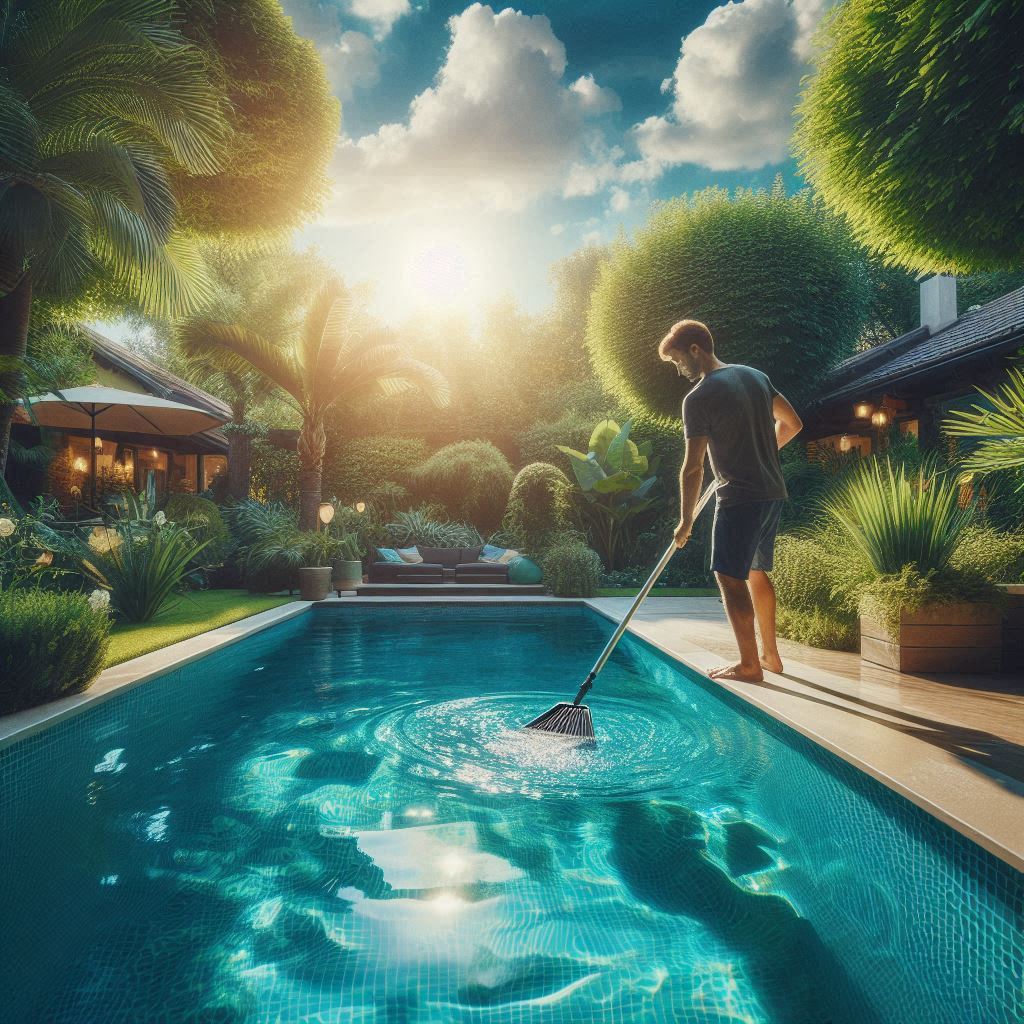Blogpool, Maintenance, Swimming Pool
Understanding Pool Filtration Systems: Types and Maintenance
Pool water cleanliness and transparency depend on an operational filtration system. This article details different pool filtration systems along with their operational methods and maintenance recommendations for best results.
1. Types of Pool Filtration Systems
Pool filtration systems consist of three types which include sand filters together with cartridge filters and diatomaceous earth (DE) filters. Users receive different advantages from their filtration systems.
Sand Filters:
The filtration process of sand filters depends on sand as the material that traps dirt particles along with other contaminants.
Cost-effective and easy to operate.
Backwashing occurs infrequently because these systems need minimal maintenance.
Cartridge Filters:
The pleated elements in cartridge filters serve to capture various types of debris.
Advantages:
Cartridge filters demonstrate better capability than sand filters to capture tiny contaminants in water.
Cartridge filters are simpler to maintain because users can easily take out the dirty cartridge for cleaning.
Diatomaceous Earth (DE) Filters:
DE filters produce remarkable clarity by using fossilized diatoms during their filtration process.
Advantages:
Excellent filtration for tiny particles.
The system requires extended cleaning intervals but needs more complicated maintenance procedures.
2. The Proper Care of Your Pool Filtration System
The longevity of your equipment and clean water depends on consistent maintenance of your pool filtration system. These maintenance recommendations serve as fundamental guidance for proper system upkeep.
Check the pressure gauge which comes with your filter as part of your regular maintenance routine. The filter requires backwashing or cleaning when the pressure exceeds the normal operating level by 8-10 psi.
Clean the Filter Media:
The sand filtration system requires users to perform backwashing every 4-6 weeks for removing accumulated debris.
Users need to remove the cartridge for a thorough hose stream rinse when using Cartridge Filters. The cartridge requires replacement every 1-2 years depending on usage levels.
DE Filters require users to perform backwashing while also replacing the DE powder after filter cleaning.
Both the pool pump and skimmer require regular inspections to verify their free flow and structural integrity. Regular maintenance requires the skimmer basket and pump strainer to be cleaned together.
3. Troubleshooting Common Filter Issues
All filtration systems will experience problems at some point. The following section provides solutions for typical problems that occur during filter operation.
Low Water Flow: Check the skimmer and pump together with the filter to determine the source of reduced water flow. Inspect the pump for proper operation and remove any gathered debris.
Cloudy Water: The water remains hazy after regular cleaning so check your water chemistry for imbalances. A backwash operation or filter cleaning should be performed when necessary.
Unusual Noises: The filter generates strange noises which require inspection of the pump to check for air leaks and other problems. The pump basket needs to be completely free from debris.
Conclusion
A proper understanding of pool filtration system operation combined with maintenance procedures ensures swimming water remains clean. These guidelines will enhance the operation of your filtration system to produce a safe swimming environment for all users. Our website contains all the information you need about chemicals and tools or you can get assistance from our support team. The regular maintenance process will extend equipment life while enhancing the overall pool experience.

